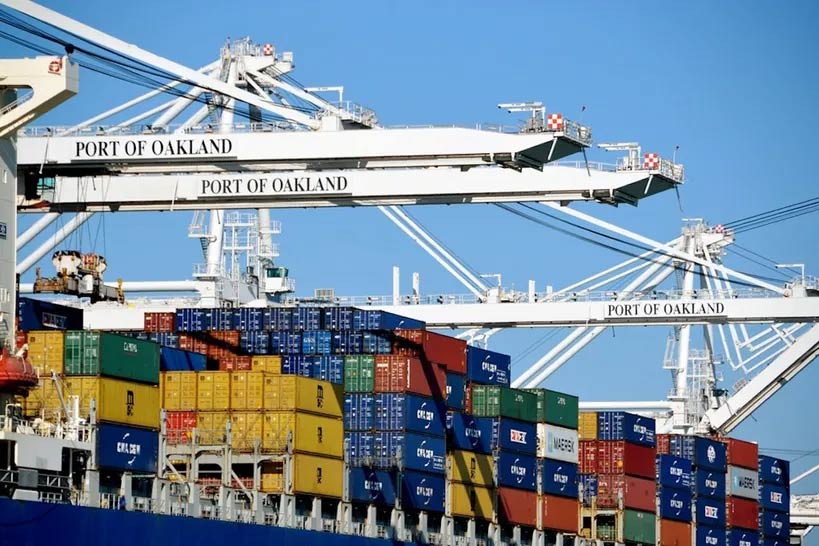


Due to the dynamic changes in global trade and the reduction in demand, the volume of container transportation at the Port of Auckland dropped significantly in June. The total throughput decreased by 10.1% compared to May to 168,460 20-foot TEUs. Compared with 193,158 TEUs in June 2024, it decreased by 12.8%.
Brian Brandes, the maritime director of the Port of Auckland, said in a press release: "This is not a seasonal decline, but a market readjustment." Importers and exporters are adjusting their supply chain time and route decisions in response to the constantly changing situation.
The cumulative container throughput for the whole year remained strong, increasing by 0.6% year-on-year to 1.14 million TEUs. However, this slight increase masks the potential changes in the throughput of specific types of containers. The throughput of imported containers was 70,334 TEUs, a significant 11.3% decrease compared to May and a 16.3% decline year-on-year. Importers seem to be struggling to cope with fluctuations in trade policies and the decline in consumer demand.
The export situation of fully loaded goods was not much better, dropping by 1.3% year-on-year to 59,593 TEUs, a decrease of 10.3% compared with June 2024. This trend highlights the ongoing vulnerability of the global market, which continues to put pressure on export activities.
Empty ship imports increased by 0.6%, indicating that despite the sluggish inbound trade, preparations for potential cargo transportation remain stable. The volume of empty ship exports decreased by 13.1%, reflecting a reduction in the volume of outbound goods.
The decline in the number of vessel calls in June 2024 further reflects this trade shift. The number of vessel calls dropped to 77 in June, compared with 87 in May and 86 in June. However, the average standard container volume per vessel increased by 1.6%, highlighting the adjustments made by carriers through consolidation of freight volumes, which led to fewer voyages but more full loads. This adjustment to the service schedule reflects the strategic approach of shipping companies to optimize efficiency in response to broader trade uncertainties.





